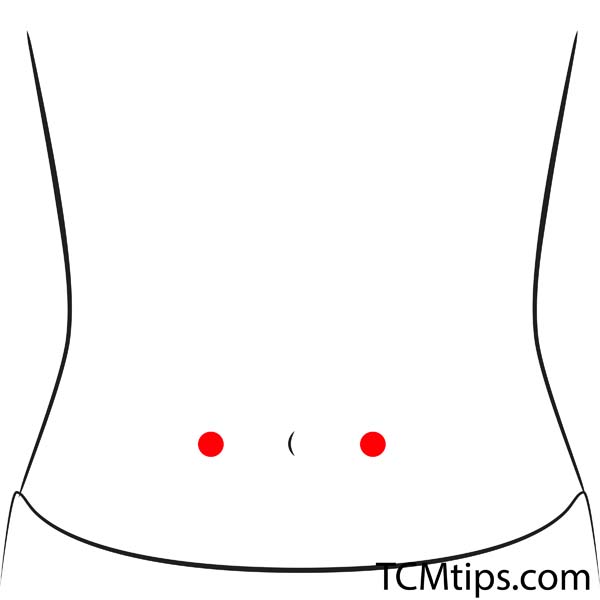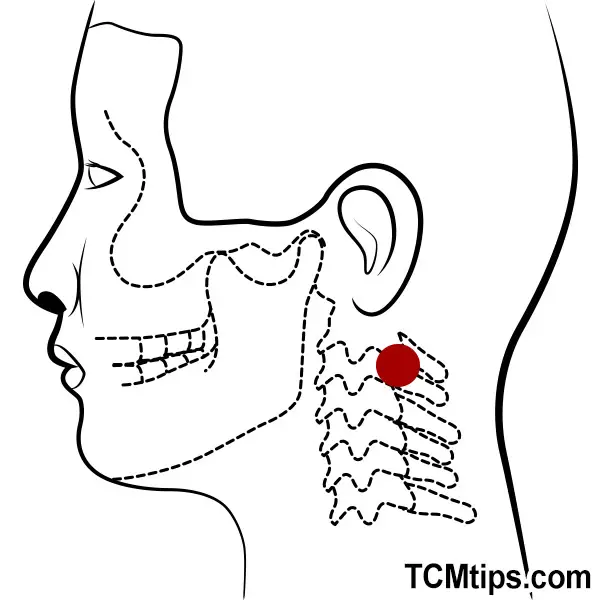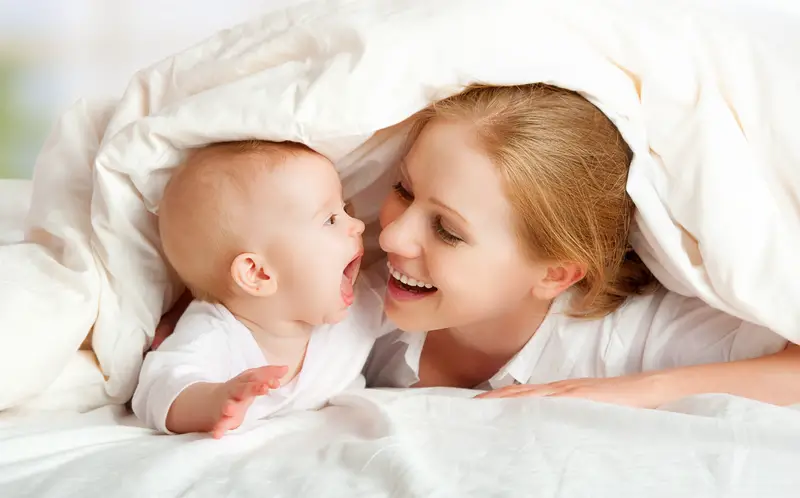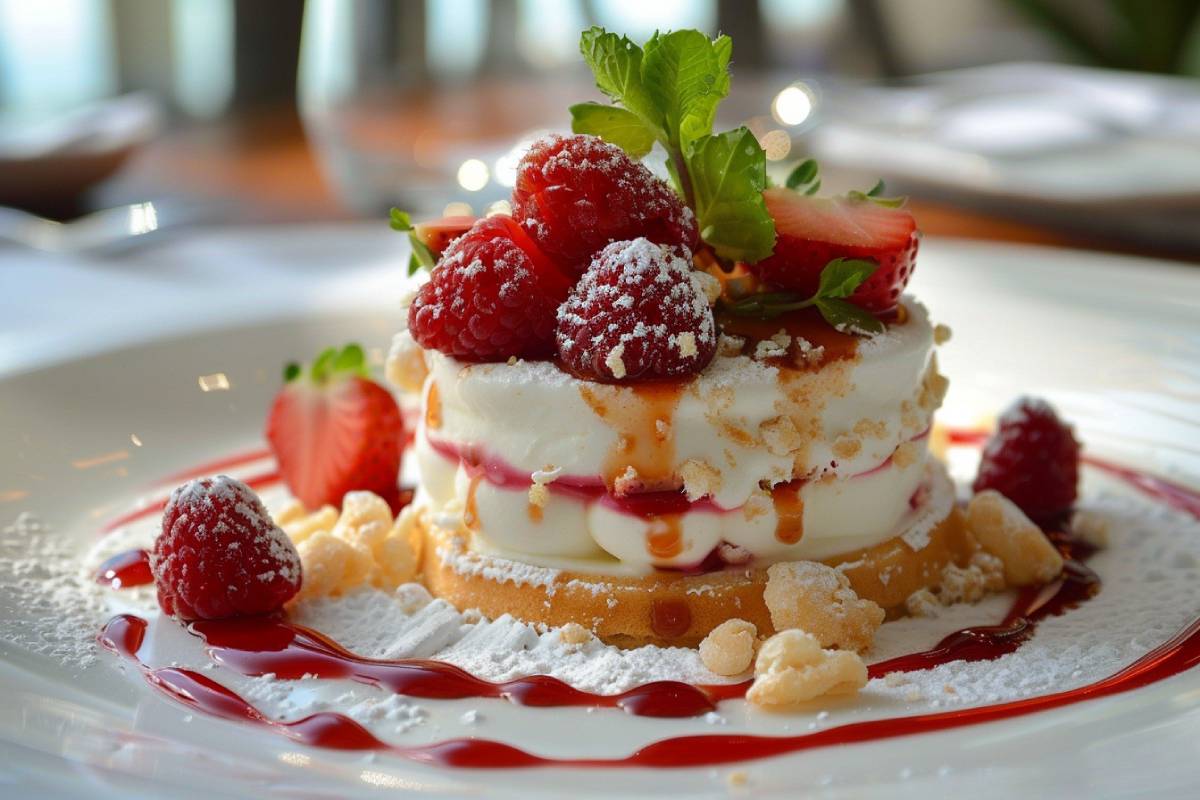Acupuncture is an efficient and gentle treatment that can treat various health issues in babies. The most common conditions that can be treated with baby acupressure points are colic, restlessness, sleep issues, pain, eczema, cough, constipation, asthma, allergies, etc. Acupuncture treatments for babies are done with minimal intervention and can be performed as early as needed, always relying on common sense. Acupuncture is an excellent therapeutic tool for parents of small babies and toddlers since it is safe when correctly done and has no side effects.
How Can Acupuncture Help My Baby?
Pediatric acupuncture is a specialized approach to acupuncture for children between the ages of 1 month to 18 years old. In Chinese medicine, the bodies of children up to twelve years of age are considered to have a pure Yang nature. This means that children have great vitality and rapid growth. The younger, the faster the development. Development has to do with Yang.
The treatment of pediatric pathologies must be reasonable, correct, and prudent. Children react positively and quickly to treatments. Therefore, the treatment will be discontinued when rebalancing is achieved. That being considered, baby acupressure points can be used to treat any pathology, either as a stand-alone or adjunct therapy.
Does Acupuncture Cure Typical Baby Sicknesses?

Acupuncture has been traditionally used in the treatment of every single disease. Not only that, acupuncture can be used as an energy booster, even if there’s no diagnosed illness. Of course, this doesn’t mean that acupuncture alone can heal any health problem, but that acupuncture is a versatile therapy with many uses.
Scientific studies on the use of minimal acupuncture intervention in children show the effectiveness of acupuncture in treating pain, crying, anxiety, headache, agitation, colic, and dysmenorrhea in teens. These studies are essential to assuring modern parents that Chinese Medicine is supported by the most technologically advanced scientific methods.
Among the scientific data on the effects of acupuncture on babies, there’s a specific case report of a three-month-old diagnosed with failure to thrive as well as severe heart and neurological conditions. The patient was subject to acupuncture in the baby acupressure points, and after one week, he was able to quit the hypnotic drugs for the symptoms of restlessness and agitation.
How Can I Reduce My Child’s Fever Naturally?
Some of the acupressure points for fever in toddlers coincide with the acupoints treated in adults. Fever in Chinese medicine can manifest when the infant is exposed to external elements such as Wind, Cold, or Humidity. The transmission and evolution of the pathology are rapid since children have fewer defenses and less control of body temperature and food intake. In the same way, the pathology can quickly become severe. An attack caused by external pathogenic factors can easily penetrate and cause a more severe illness.
When the fever is below 39 C and is not accompanied by other symptoms, you can use these acupressure points for fever following the stimulation protocol explained in this article. You can use these general acupoints without any problem, and you just need to apply milder massage technics to your kids.
What Are The Acupressure Points For Infants?
Acupressure points for infant colic
Acupoint: LI-4 (Other Names: Large Intestine-4/He Gu/Joining Valley)

Press your thumb against the base of your index finger and locate this acupuncture point at the highest point of the muscle bulge and about the same level as the end of the crease.
Hegu, as this point is also known, is the most common of the acupuncture points to relieve pain throughout the body. LI-4 is a Yuan point, which means that this acupoint concentrates the Qi of the Large Intestine. When gases that are stuck in the intestine cause colic, LI-4 is the right point to use. Hegu is one of the acupressure points for speech development as well.
This acupressure point has been shown to reduce crying in babies with colic and stomach pain symptoms, according to scientific studies on the effects of acupuncture carried out in Sweden.
Tap on this point with gentle pressure using your fingertips for about 30 seconds. You can repeat it up to three times daily.
LI-4 is also commonly used in baby acupressure points for gas.
Acupressure points for pediatric constipation
Acupoint: ST-25 (Other Names: Stomach-25/Tian Shu/Celestial Pivot)


ST-25 is a popular acupoint used in baby constipation.
This point can be found on the abdomen, 2 cun to the side of the navel.
ST-25 is a major acupoint for the treatment of constipation of any cause. This acupoint is related to the Large Intestine due to its location. For this reason, it is possible to stimulate the Large Intestine through this acupoint to treat constipation. Although it belongs to the Stomach channel, ST-25 main functions are treating intestinal diseases, regulating Qi, and eliminating congestion in the lower abdomen. You can also use ST-25 in acupuncture for swollen ankles.
Carefully massage this point with light pressure using your middle or pointer finger to tap on it for about 30 seconds on each side. Repeat it if necessary after a sufficient interval.
Acupressure to increase appetite in toddlers
Acupoint: ST-36 (Other Names: Stomach-36/Zu San Li/Leg Three Miles)

Locate ST-36 Zusanli below the knee, on the outer side of the leg, where you can start feeling the muscle when you touch it.
It is also known as the “acupoint of longevity”, and stimulating it can activate the Stomach. This is the command point to treat all conditions related to the Stomach, from pain to indigestion, including inhibited appetite in children. This is one of the acupressure points for cold as well. ST-36 is referred to as the Sea of Water and Grain, which is related to its significant effects on digestion and appetite. The stimulation of this point brings many benefits.
You can use your thumbs to apply gentle pressure at this point, and then you can either maintain the pressure for about 30 seconds or release it intermittently.
Acupressure for fever in toddlers
Acupoint: GV-14 (Other Names: The Governing Vessel-14/Da Zhui/Great Vertebra)

GV-14 is found in between the spinous processes of the 7C vertebra and 1T vertebra.
This is a command acupoint for lowering fever among all acupuncture points. This is because GV-14 is the meeting point of the six Yang channels. Since the Yang is the source of heat in the body, this acupoint serves to regulate pathologic heat in the body and treat sweating. Therefore, this point can help in cases of fever or any etiology, be it fever caused by a common cold or other viruses.
You can gently massage the area where this acupoint is located with a circular motion for about 30 seconds.
Acupressure points to help babies to fall asleep
Acupoint: EM-13 (Other Names: An Mian)

Anmian, as this acupoint is also called, can be found in the area posterior to the ear and posterior to the mastoid process.
EM-13 has a relaxing effect and helps your baby to fall asleep. It is said that this acupoint calms the Spirit, also called Shen. The concept of Shen in Chinese medicine is not as esoteric as it sounds, but it alludes to the mind that resides in the Heart and has characteristics of the psychological, emotional, and physical states such as vigor and coherence. Therefore, when a person is troubled, agitated, and having problems sleeping, the Shen must be addressed. It’s one of the calming pressure points for babies.
Wrap your baby’s head in the palm of your hand and stimulate it by stroking it with your whole hand.
Acupoint: Ren-15 (Other Names: The Conception Vessel-15/Jiu Wei/Bird Tail)

This acupoint is located on the midline of the abdomen, 7 cun above the navel, and 1 cun right below the sternocostal angle.
Ren-15 is also recommended for colic. If your baby doesn’t stop crying in the middle of the night, gently stimulate it. Ren-15 has calming effects due to its location, close to the Heart, where the Shen resides. However, do not press the plexus too hard. It may lead to vomiting if pressed immediately after breastfeeding or eating. REn-15 is one of the acupressure points for hiccups as well.
Tap on it carefully and softly and carefully for a short period.
Where is the acupressure point to make a baby burp?
Acupoint: ST-11 (Other Names: Stomach-11/Qi She/Residence of Breath Qi)

At the base of the neck, medial superior end of the clavicle, just below Renying ST-9.
This acupoint has a descending characteristic that makes the Stomach Qi that may come up pathologically descend. In the case of babies, acupressure at ST-11 will help to descend the milk to the Stomach, and the air will quickly find its way out. ST-11 is helpful in the treatment of nausea and hiccups as well.
Use your fingertips to apply light pressure at this acupoint for about 3 to 5 seconds.
Acupressure for toddlers with asthma
Acupoint: Bl-13 (Other Names: Urinary Bladder-13/Fei Shu/Lung Transporter)

Bl-13 is located 1.5 cun lateral to the lower corner of the spinous process of the third thoracic vertebra.
This acupoint is known as the back-shu point of the Lung. All main organs have a back-shu point, which is where the Qi of each organ is transported and conduced to their respective organs. Bl-13 tonify the Lung with Qi and also nourishes and clears the Heat. It helps to calm cough and resolve sibilating in children with asthma. It’s a very useful acupoint for treating asthma in the long run. BL-13 is also used in acupuncture for alopecia areata.
You can place a warm blanket or water bag that is not too hot on your baby’s back so that it covers BL-13. Do this daily for a few minutes or as long as your baby enjoys it.
Takeaways
You can use many baby acupressure points at home to improve the health and well-being of your little ones. Acupressure is a side-effect-free treatment based on the meridian system of Chinese medicine. Many scientific studies also endorse the use of acupuncture and acupressure to treat children’s conditions.
⦁ LI-4 stimulates the Large Intestine improving its function. In addition, it is analgesic and helps the gases that cause colic in babies to be released.
⦁ ST-25 treats constipation by regulating the movements of Qi in the intestines and lower abdomen.
⦁ ST-36 is the Sea of Water and Grain point and is considered the major point to stimulate, regulate and harmonize the Stomach and all its functions and to induce appetite.
⦁ GV-14 is the command acupoint to treat all types of fever. It’s the meeting point of all Yang meridians and regulates the Heat in the whole body.
⦁ EM-13 has soothing properties that help agitated and restless babies to fall asleep.
⦁ Ren-15 is located close to the Heart. It calms the Spirit when babies are feeling discomfort.
⦁ ST-11 descends counterflow Qi and helps babies to expel the air that may be stuck in their epigastrium.
⦁ BL-13 nourishes and revigorates the Lung, improving its overall health and functions. It’s greatly recommended for patients with asthma.
 P. Sze
P. Sze 


















